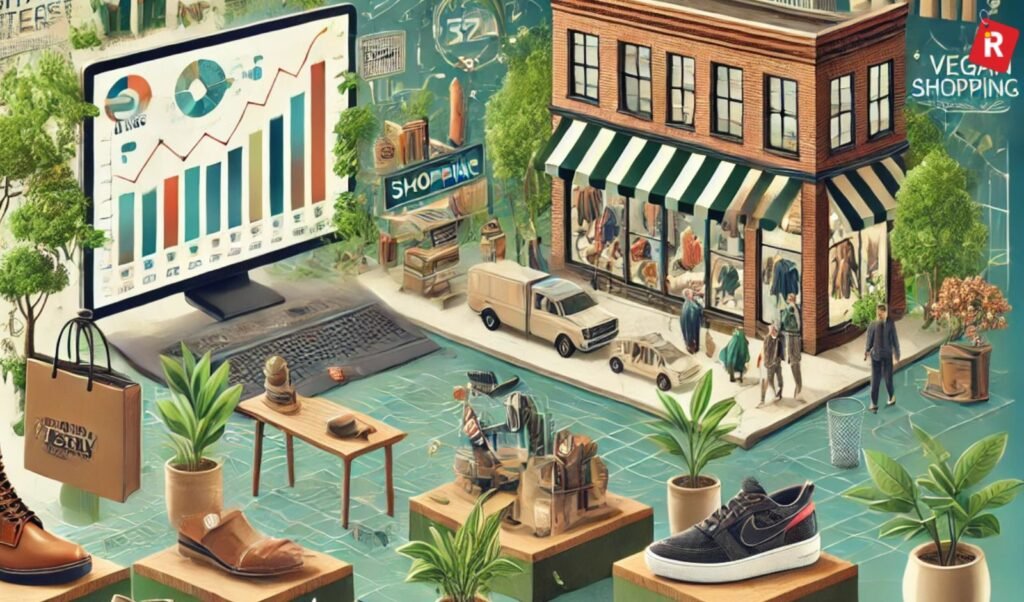In the America of 2025, careers are starting to look less like ladders and more like spider webs. The old model was simple — study hard, get a degree, land a 9-to-5 job, and stay loyal to one company or one profession. But step into today’s entrepreneurial circles, and you’ll hear a completely different language. People proudly introduce themselves as a writer-developer, or a designer-strategist, or a marketer-podcaster-investor-creator — all in one breath.
This is the new age of polyworking — a work culture where having multiple careers, income streams, or professional identities isn’t seen as a distraction. It’s seen as an advantage. And it’s catching fire across America like never before.
Why Polyworking Feels Like America’s Next Big Workforce Revolution
Polyworking is not freelancing 2.0 or side hustle culture on steroids. It’s a complete mindset shift about how smart Americans are designing their careers post-pandemic. A new generation of entrepreneurs — especially Millennials and Gen Z — are no longer comfortable betting their entire life and income on a single role, a single company, or a single industry.
Economic uncertainty, layoffs, inflation, AI disruption, and the rise of remote work have all pushed Americans to rethink stability. And the answer isn’t always chasing bigger paychecks from bigger companies. It’s creating your own ecosystem of small income streams that together give you more freedom, flexibility, and control than any traditional job ever could.
The Typical Polyworker In America Today Doesn’t Look How You’d Expect
Forget the image of a 9-to-5 employee quietly running an Etsy shop on weekends. Polyworking in 2025 looks different. It’s people like:
→ A UX designer who runs a YouTube channel teaching design basics.
→ A marketing consultant who also ghostwrites LinkedIn content for CEOs.
→ A fitness coach who manages paid communities online while running local bootcamps.
→ A copywriter selling digital products on Gumroad, while building a newsletter audience on Substack.
→ A photographer who builds Notion templates and licenses stock videos on the side.
These aren’t hobbies anymore. They’re micro-businesses within a personal brand empire.

What’s Driving America’s Shift Toward Polyworking
The reasons behind this rise are real, practical, and deeply emotional. Americans are polyworking because:
→ Job security feels like an illusion after back-to-back economic downturns.
→ AI is eating repetitive jobs faster than companies can replace them.
→ Passive income from digital products is finally realistic at scale.
→ Platforms like Gumroad, Etsy, Substack, and Patreon made monetization frictionless.
→ Building a personal brand means opportunity now comes directly to individuals, not resumes.
→ And most importantly — people want to own their time.
In 2025, freedom is the new luxury.
Tools & Platforms Fueling The Polywork Boom
America’s polyworkers don’t just hustle harder — they build smarter. Their world runs on tools like:
→ Notion for project management across roles.
→ Calendly for managing client bookings.
→ Gumroad & Substack for monetizing knowledge.
→ Canva for content creation at scale.
→ AI tools like ChatGPT for faster output.
→ LinkedIn, TikTok, and Instagram for inbound client generation.
Technology didn’t just enable polyworking. It normalized it.
The Challenges Nobody Talks About
Of course, having multiple income streams comes with multiple problems. Time management becomes a survival skill. Switching between roles daily can feel chaotic. Financial planning is tricky when income is non-linear. Burnout is a real risk if boundaries aren’t clear.
But most polyworkers believe these are good problems to have. Because unlike the old system where one layoff could wipe you out overnight, polyworking gives resilience. If one income stream slows down, five others keep you afloat.
It’s diversified living.
How The American Employer Mindset is Changing Too
What’s even more interesting? Big companies in America are slowly catching up to this culture. Employers are hiring people not for one skill — but for their range.
A marketer who can also write copy. A designer who understands content strategy. A salesperson who can build community online.
The multi-skilled professional isn’t seen as unfocused anymore. They’re seen as future-proof.
In fact, America’s next great entrepreneurs might not be starting unicorn startups — they might just be running four small, profitable online projects that together pay better, feel better, and work better than any VC-funded rollercoaster ride.
Level Up Insight: In 2025, Playing Safe Looks Very Different
The riskiest thing you can do today is depend on one skill, one job, or one company.
The smartest entrepreneurs in America right now aren’t diversifying investments. They’re diversifying themselves.
If the last decade was about personal branding — this decade is about personal scaling.
Your skill stack is your safety net. Your content is your inbound lead machine. Your multiple roles aren’t confusing — they’re your career armor.
Polyworking isn’t just a trend. It’s the American dream — version upgraded.


 Health4 years ago
Health4 years ago
 Health3 years ago
Health3 years ago
 Health3 years ago
Health3 years ago
 Fashion4 years ago
Fashion4 years ago
 Fashion4 years ago
Fashion4 years ago
 Fashion8 years ago
Fashion8 years ago
 Health4 years ago
Health4 years ago
 Health4 years ago
Health4 years ago
 Tech2 years ago
Tech2 years ago
 Health4 years ago
Health4 years ago



















